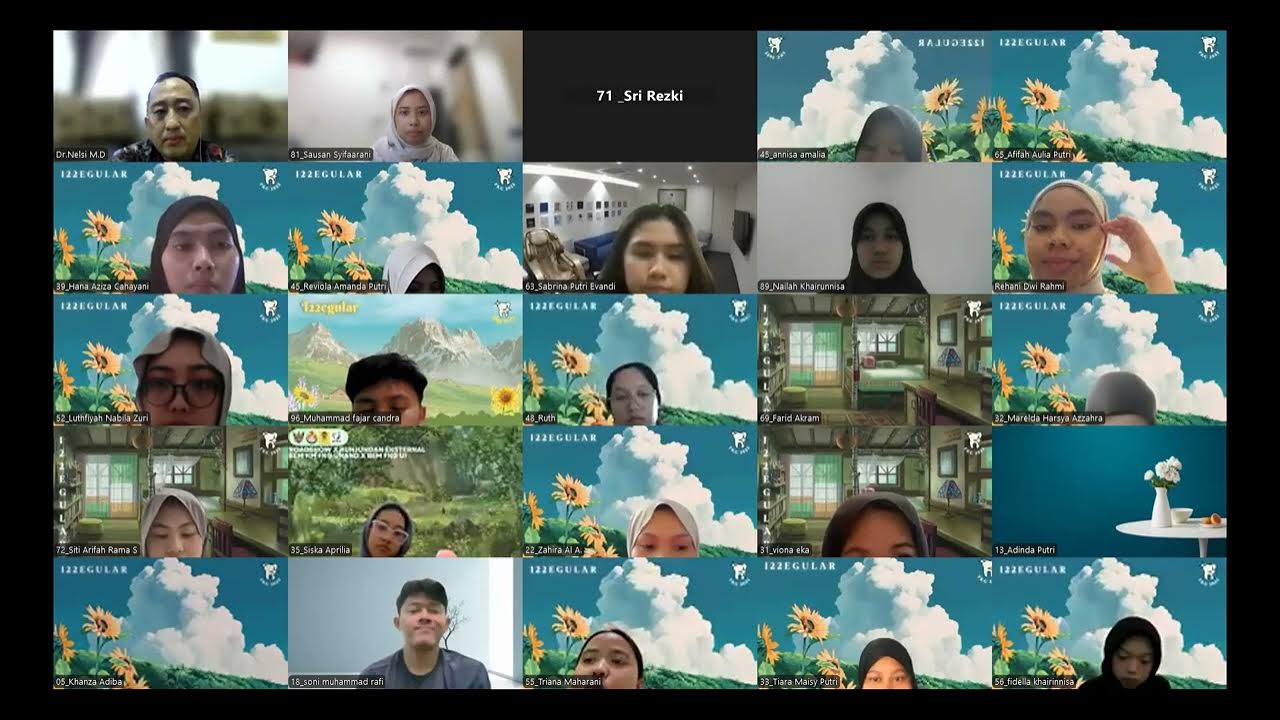Encerado gnatológico Técnica PKT
Summary
TLDRThis transcript explains two primary techniques in dental wax modeling for occlusion, focusing on methods developed by Paint & Lundin and P.K. Tomás. The first technique involves a cusp-to-marginal crest occlusion, used for individual or small-scale prosthetic restorations. The second, developed by Tomás, involves a cusp-to-cusp occlusion for larger, multi-tooth reconstructions. Detailed steps in the waxing process are outlined, including the use of specific instruments for shaping cusps, crests, and grooves, ensuring precise dental restorations for students and dental technicians.
Takeaways
- 😀 The script discusses two primary wax modeling techniques used in prosthodontics: cusp-to-marginal ridge occlusion and cusp-to-cusp occlusion.
- 😀 The first technique, developed by Paint and Lundin, is used for individual or small-area prosthetic restorations and mimics natural tooth occlusion.
- 😀 The second technique, developed by P.K. Tomas, involves a cusp-to-cusp occlusion and is used for multiple contiguous teeth to evenly distribute occlusal forces.
- 😀 A specialized 'nato logical' wax is used, with different colors for various parts of the occlusal surface during the restoration process.
- 😀 The Pkt series of instruments (Pkt #1, #2, #3, #4, #5) are used to shape and refine the cusps, crests, and surfaces of the occlusal restoration.
- 😀 The procedure starts with shaping the functional cusps using Pkt #1 (yellow), followed by forming the marginal ridges with Pkt #1 (blue).
- 😀 The external surfaces of the cusps are shaped with Pkt #1 (red), ensuring almost full coverage of the cusps.
- 😀 Axial contours are refined using Pkt #4 (green), ensuring the restoration has a smooth and accurate shape.
- 😀 Triangular ridges and internal surfaces of the cusps are formed with Pkt #1 (red), ensuring they are convex for proper antagonistic contact.
- 😀 Final detailing of gaps, irregularities, and the occlusal sulci is done using Pkt #3 and further refinements with Pkt #5.
Q & A
What are the two basic occlusal schemes mentioned in the transcript?
-The two basic occlusal schemes are the 'cusp to marginal ridge' occlusion developed by Paint and Lundin, and the 'tooth to tooth' occlusion developed by P.K. Thomas.
What is the primary characteristic of the first occlusal scheme developed by Paint and Lundin?
-The first occlusal scheme is based on a 'cusp to marginal ridge' occlusion, where a tooth occludes with two other teeth. It is typically used in individual or small-scale prosthetic restorations.
How does the second occlusal scheme developed by P.K. Thomas differ from the first?
-The second occlusal scheme is based on a 'tooth to tooth' occlusion, which allows for a more even distribution of occlusal forces. It differs from the natural occlusion and is generally used in the reconstruction of multiple adjacent teeth and their antagonists.
What materials are used in the waxing procedure described in the transcript?
-The materials used include a wax plate (known as 'nato logical' wax or 'tonto' type wax) in various colors and specific waxing instruments, such as the PKT tools.
What is the role of the PKT number 1 instrument in the waxing procedure?
-The PKT number 1 instrument is used to shape the functional cusps, marginal ridges, and the medial and distal slopes of the cusps. It is also used for refining the occlusal surface and creating the initial cusp forms.
Why must the marginal ridges not be higher than the cusps?
-The marginal ridges should never be higher than the cusps to maintain a functional and anatomically correct occlusion. This ensures proper contact and alignment with the antagonist teeth.
What purpose does the PKT number 4 instrument serve during the waxing process?
-The PKT number 4 instrument is used to complete and refine the axial contours of the wax-up, ensuring that all surfaces are smooth and anatomically accurate.
How is the 'fish mouth' appearance related to the waxing process?
-The 'fish mouth' appearance refers to the initial stage of the waxing process, where the cusps and marginal ridges are not fully refined and still show a pronounced, wide shape, resembling the open mouth of a fish.
What does the PKT number 3 instrument do in the final stages of the waxing process?
-The PKT number 3 instrument is used to analyze and refine the occlusal grooves and fossae, ensuring that all occlusal features are well-defined and functionally accurate.
What is the significance of the technique in terms of dental education and prosthetics?
-The described waxing technique is crucial for dental students and dental technicians, as it helps them replicate occlusal schemes with precision. Mastery of these techniques is essential for creating accurate, functional prosthetic restorations.
Outlines

This section is available to paid users only. Please upgrade to access this part.
Upgrade NowMindmap

This section is available to paid users only. Please upgrade to access this part.
Upgrade NowKeywords

This section is available to paid users only. Please upgrade to access this part.
Upgrade NowHighlights

This section is available to paid users only. Please upgrade to access this part.
Upgrade NowTranscripts

This section is available to paid users only. Please upgrade to access this part.
Upgrade NowBrowse More Related Video

Técnica de Modelado de Peter K. Thomas

INICIANDO A ENCERAR

DETERMINANTES DE LA MORFOLOGÍA OCLUSAL: Altura cuspidea y profundidad de la fosa

BLOK 18 KP 2.4

Tecniche di registrazione occlusale nella costruzione del bite con Teethan

G11-Earth Science Week 3 Lessons ( Important Minerals to Society & Ore Minerals)
5.0 / 5 (0 votes)